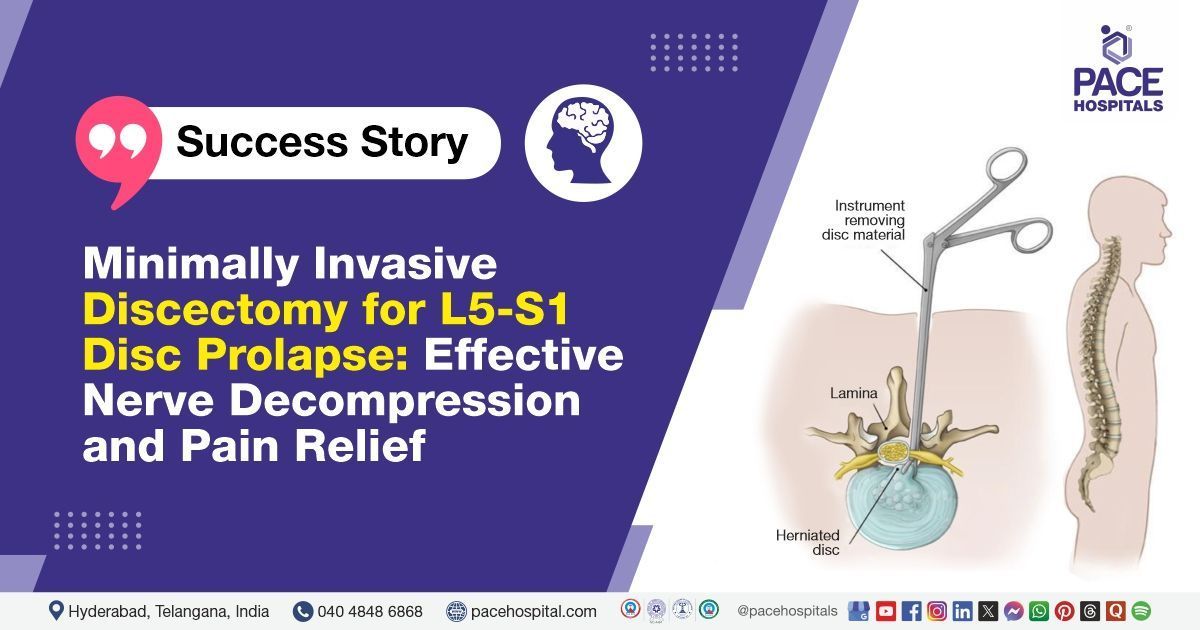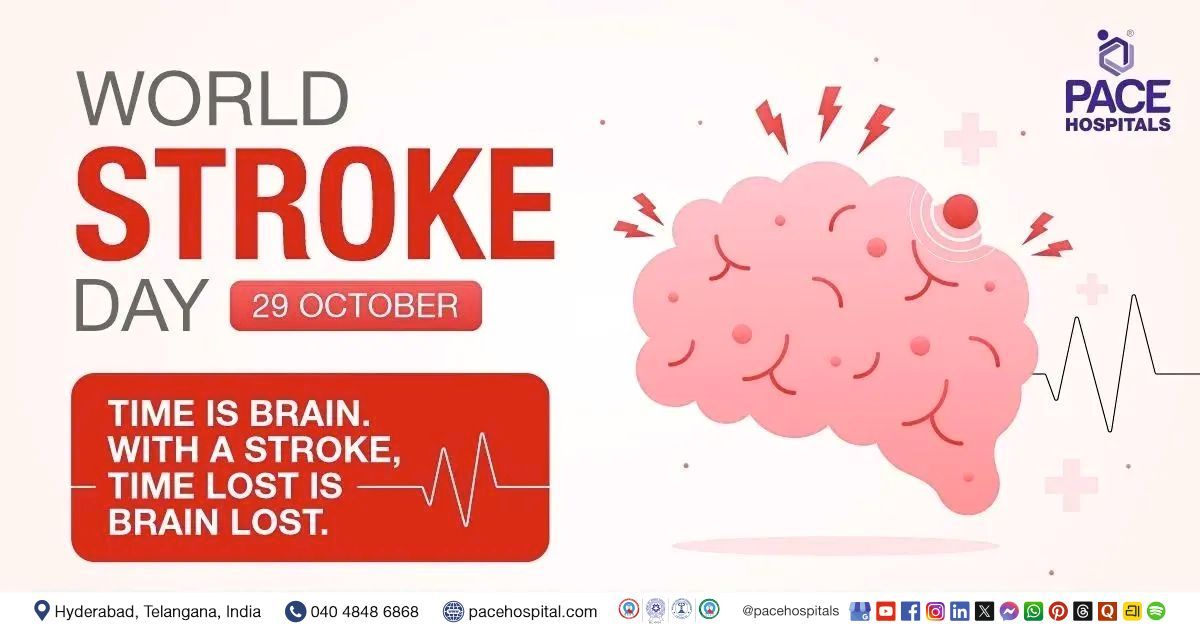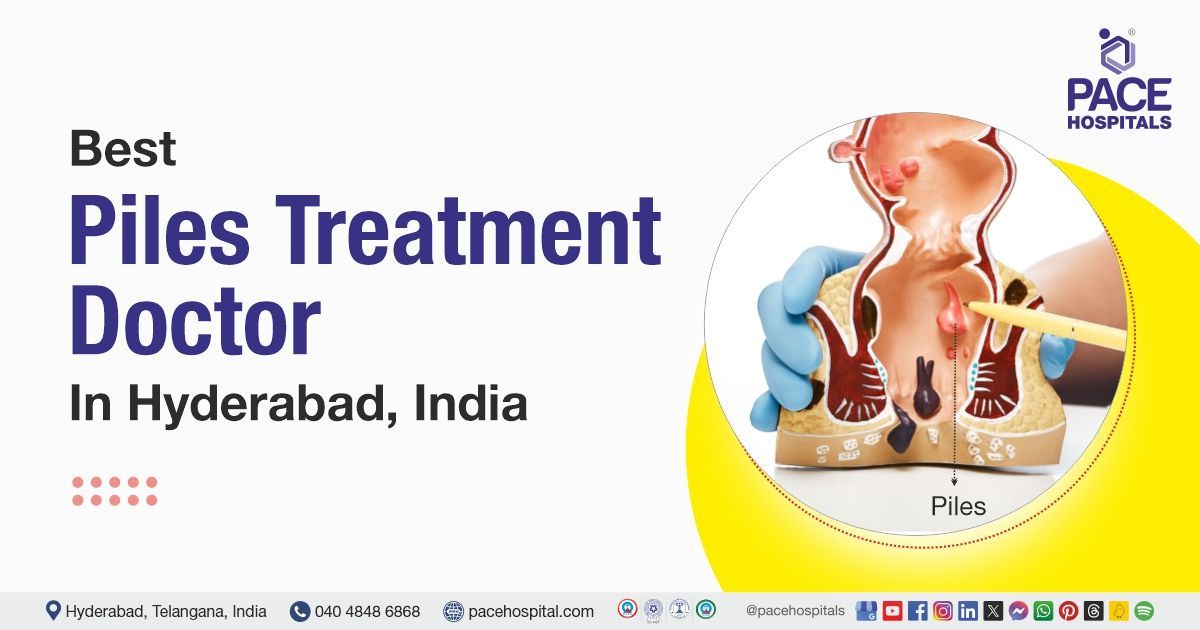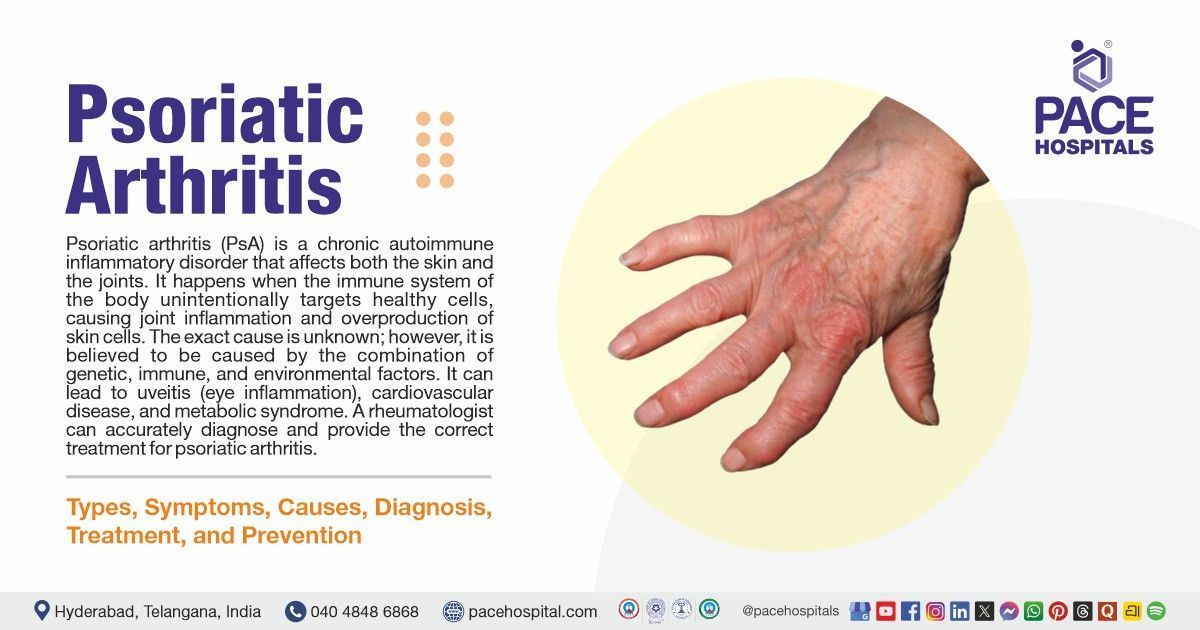Successful L5-S1 Minimally Invasive Lumbar Discectomy for Intervertebral Disc Prolapse
PACE Hospitals’ Expert Surgical neurology team successfully performed the L5-S1 Minimally Invasive E Lumbar Discectomy under general anesthesia for a 53-year-old male patient suffering from L5-S1 intervertebral disc prolapse.
Chief Complaints
A 53-year-old male patient presented to the Neurology Department at
PACE Hospitals, Hitech City, Hyderabad, with complaints of low back pain and left lower limb (LT LL) radiculopathy for the past month.
Medical History
Delving further, it was understood that the patient had been experiencing low back pain with left lower limb (LT LL) radiculopathy for the past month. He previously experienced similar back pain, which were managed conservatively. However, the current pain persists even at rest, and an epidural steroid injection was administered on 14/01/2025, but there was no relief. There is no associated weakness, and there are no complaints of bowel or bladder function.
The patient had a known medical history of diabetes mellitus (DM), hypertension (HTN), and right eye (RT eye) retinal detachment. He was on medications for the management of these conditions.
General examination
Upon admission to PACE Hospitals, the patient's vital signs were stable. On general examination, the patient appeared moderately built and nourished. During the systemic examination, muscle strength was found to be normal (power 5/5). The plantar reflex was normal (flexor response), and the straight leg raise test (SLRT) test was positive at 30 degrees on the left side, indicating possible nerve root irritation. Examination of the right eye revealed retinal detachment, which had resulted in the loss of vision in that eye.
Diagnosis
After a thorough examination, the doctors diagnosed the patient with low back pain and left lower limb (LT LL) radiculopathy. Diagnostic tests later confirmed the presence of L5-S1 intervertebral disc prolapse.
L5-S1 intervertebral disc prolapse, commonly referred to as a herniated lumber disc, occurs when the soft inner core of the disc protrudes or ruptures through the tougher outer layer, leading to compression of nearby spinal nerves. This can result in pain, numbness, tingling, or weakness in the lower back and legs, particularly affecting the sciatic nerve. The L5-S1 disc is the most common site for disc prolapse due to the significant mechanical load and stress it bears.
Surgical Procedure
After consulting with Dr. U L Sandeep Varma, the consultant neurosurgeon, it was concluded that an L5-S1 minimally invasive E lumbar discectomy under general anaesthesia (GA) would be the most appropriate course of action for the patient's treatment.
After being admitted with the symptoms above, the patient underwent further evaluation and was subsequently taken for surgery. An L5-S1 minimally invasive lumbar discectomy under general anaesthesia (GA) was successfully performed.
Intraoperative Findings
The patient underwent surgery under strict aseptic precautions, with the surgical site localized using a fluoroscope. A midline vertical incision was made and deepened to expose the left L5-S1 interlaminar space. The ligamentum flavum was excised, allowing access to the dural sac and S1 nerve root. A bulging disc was identified at the L5-S1 level, and a discectomy was performed to remove the herniated disc material. The nerve root was found to be free and pulsatile, indicating successful decompression. Haemostasis was achieved to control bleeding, and the wound was closed in layers to facilitate healing.
Postoperative Care
Post-operatively, the patient was transferred to his room after 4 hours. He was being discharged in stable condition with prescribed medications and provided with necessary instructions for care.
Discharge Medications
Upon discharge, the patient was prescribed antibiotics, proton pump inhibitors (PPIs), non-steroidal anti-inflammatory drugs (NSAIDs), nutritional supplements, anticonvulsants, and an antidepressant.
Condition at Discharge
At the time of discharge, the patient's vital signs were stable. Pain had significantly decreased, and muscle strength in both lower limbs was 5/5, indicating full strength with no weakness. The patient was in stable condition.
Advice on Discharge
The patient was advised to engage in activities such as bathing, walking, and climbing stairs while avoiding strenuous activities. The prescribed medication regimen should be followed, and prolonged sitting for more than one hour should be avoided. A follow-up appointment is scheduled after one week to assess progress.
Emergency Care
The patient was informed to contact the Emergency ward at PACE Hospitals in case of any emergency or the development of symptoms like fever, weakness, wound discharge, or severe pain.
Review notes
The patient was advised to schedule a follow-up appointment with Dr. U L Sandeep Varma in the OPD after 10 days.
A Modern Surgical Solution for Herniated Disc
Minimally invasive L5-S1 discectomy is a modern surgical procedure designed to treat disc prolapse or herniation at the L5-S1 level of the spine. It involves removing the herniated portion of the intervertebral disc, which causes pain, numbness, or weakness in the lower back and legs. This technique uses small incisions and specialized instruments to access the affected area, minimizing disruption to surrounding tissues. Unlike open surgery, minimally invasive discectomy results in less muscle dissection, reduced blood loss, quicker recovery, and less postoperative pain. It is preferred for its advantages in recovery time, reduced scarring, and improved overall outcomes.
Share on
Request an appointment
Fill in the appointment form or call us instantly to book a confirmed appointment with our super specialist at 04048486868











